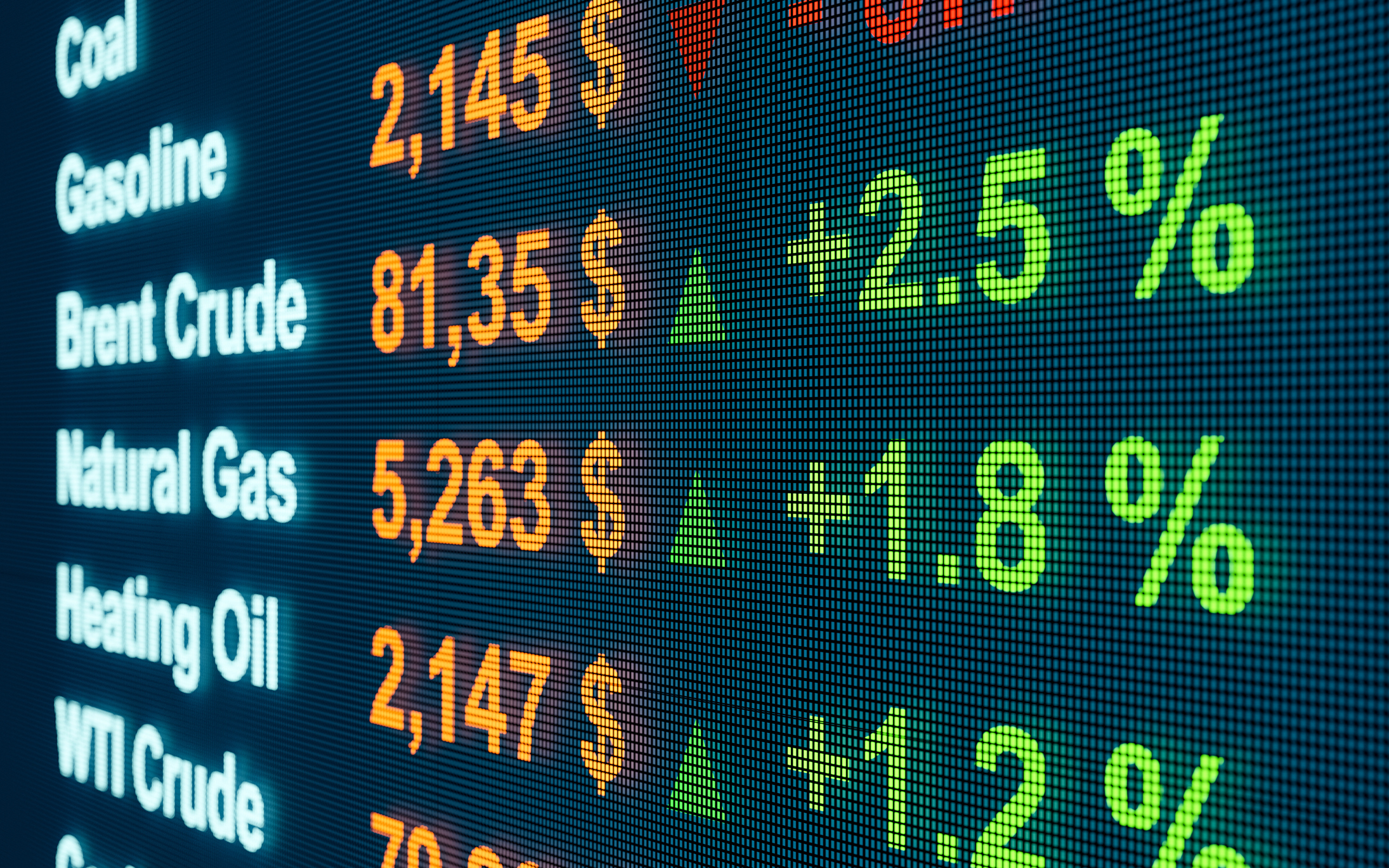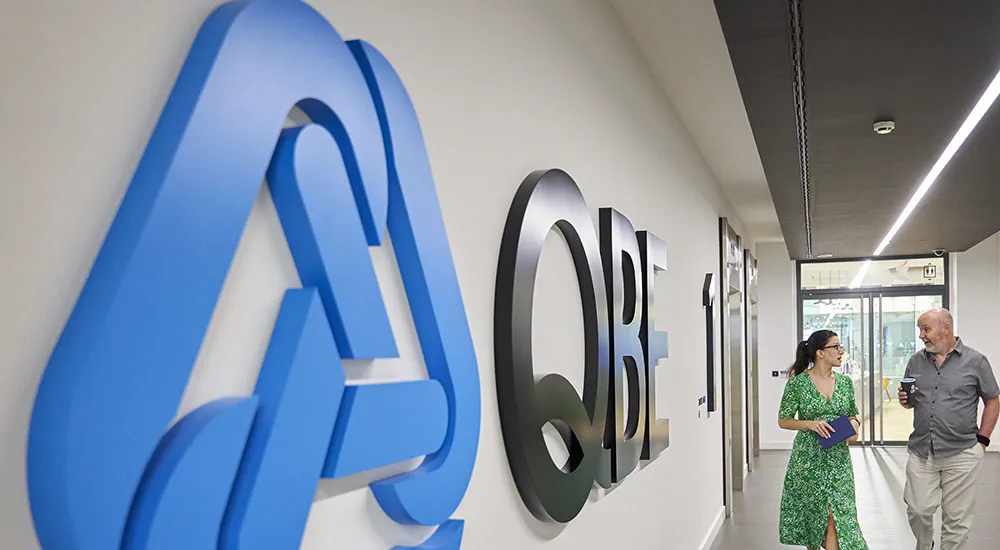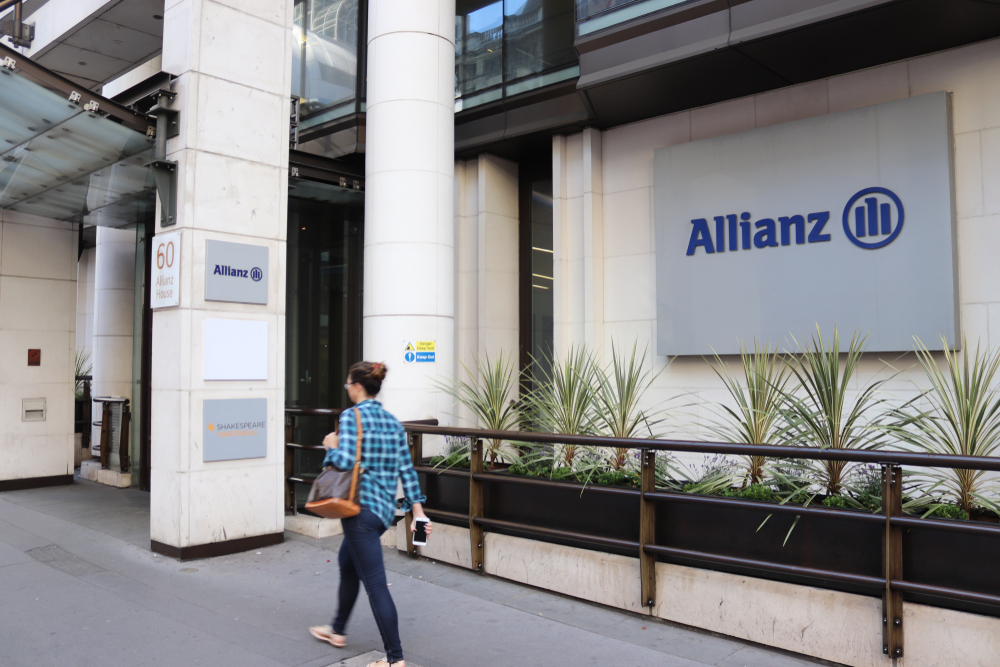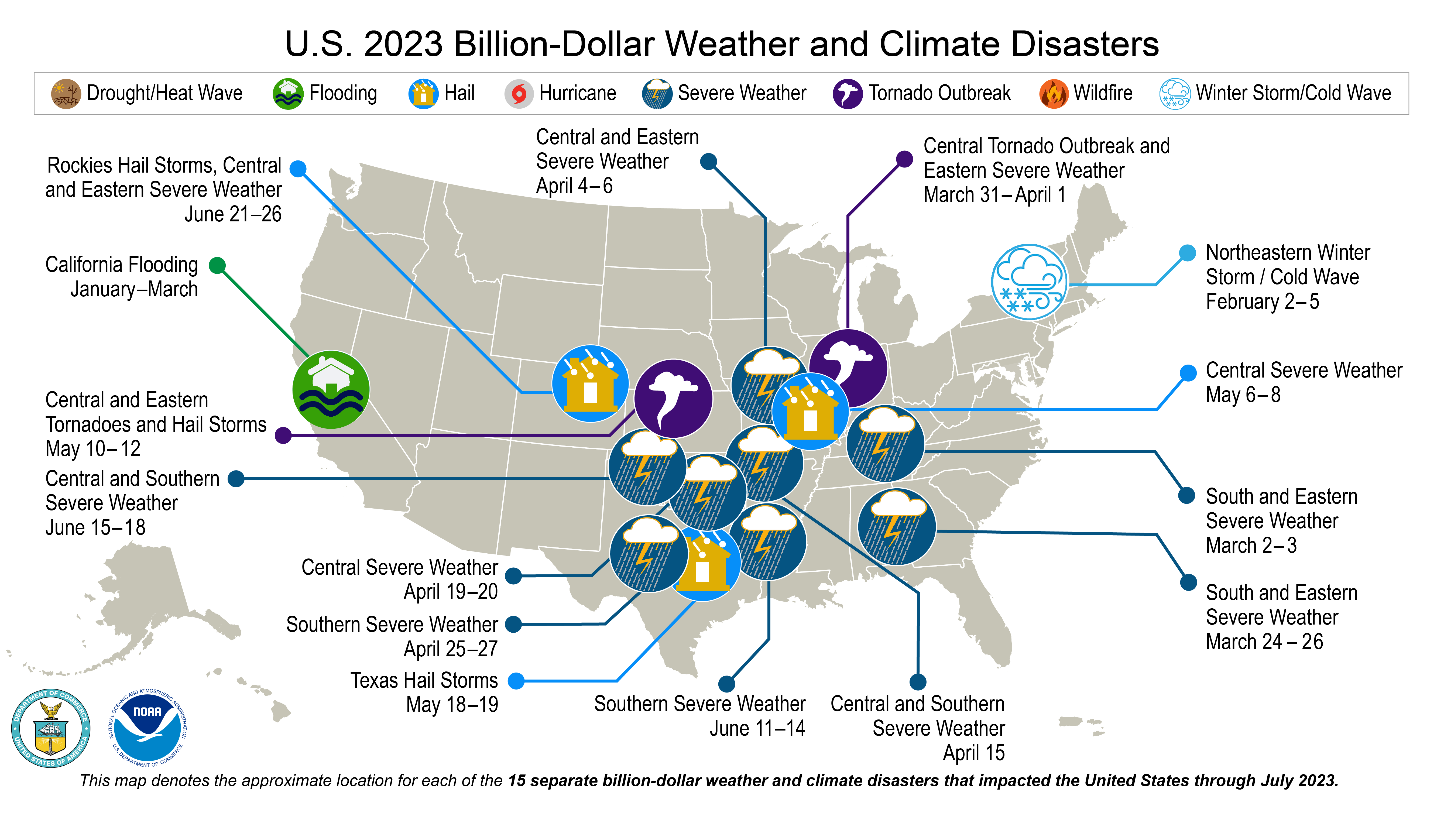Editor’s note: ImpactAlpha contributing editor Imogen Rose-Smith, a longtime senior writer for Institutional Investor, contributes a bi-weekly column on the policies, practices and strategies of the largest asset allocators, including pensions, foundations, and endowments. As Imogen says, she’s “tracking what investors do, not just what they say.”
ImpactAlpha, November 8 – One of the more irritating claims of the fossil-fuel divestment movement over the last decade was that investors who heeded their clarion call made a lot of money by divesting from oil.
As a campaign slogan, the argument was appealing. As investment analysis, it was pretty stupid.
The reason being that a major factor behind why fossil-fuel free equity portfolios have tended to do well over the last decade is because of low oil and natural gas prices. And those prices had practically nothing to do with climate change.
Now that oil and gas commodity prices are on the rise, a result of global inflation, supply chain woes, and the loosening of COVID related restrictions, some green investors are getting caught out.
The U.S. Department of Labor will report on October’s price hikes on Wednesday. With inflationary pressures generally threatening investment portfolios and returns, we are starting to see an ESG shakeout. The next cycle may show which ESG investors are, in fact, sophisticated market participants, and which were just taking a punt on oil prices and marketing tailwinds.
Value traps
With the possible exception of coal, most fossil fuel investments are not (yet?) value traps.
Value investors look for securities that, for whatever reasons, are trading below what they are actually worth. A value trap emerges when those companies, rather than being undervalued for cyclical reasons (like low oil prices) are declining for fundamental or systemic reasons. Rather than bounce back in value they continue to underperform, the proverbial falling knife.
A case-study value trap was the publicly traded video rental company Blockbuster. Hobbled by corporate in fighting, overburdened by debt, unable to pivot as the business changed, and besieged by corporate activist Carl Icahn, Blockbuster stumbled into a 2010 bankruptcy, eventually emerging as a shell of its former self.
The case-study concludes, of course, with the rise of BlockBuster’s tech savvy rental rival. Netflix pivoted mightily, even as its original DVD rental business became, if you like, stranded assets.
The long-term fundamentals of fossil fuels certainly look terrible, but that doesn’t mean there isn’t still money to be made along the way. And, after all, a fossil fuel extractor may yet emerge as the Netflix of the clean energy transition (looking at you Shell).
There are profits to be made investing in, and trading, the underlying commodities themselves. Which are impacted by more short to medium term factors including geopolitics, weather (ironically climate change can help increase prices in that regard, such as the impact of more and more active hurricanes on the price of natural gas), inflation, and others including COVID-19.
Investors can also still profit from positions in fossil fuel extractors such as Exxon, Chevron, BP, and Shell. Companies which are, currently at least, are highly correlated to oil prices. It is true that more and more allocators are bailing out of investments in fossil fuel companies, but that has not yet impacted share prices. Even U.S. coal companies are currently experiencing a rally.
The energy market is not linear, and it’s not one dimensional. Debt investors, for example, can benefit from higher yielding energy assets. That complexity can present problems for fossil-fuel free, or prospective fossil fuel free, investors.
Oil prices hit a multi-year high in early October after the announcement of a new OPEC+ production agreement.The price of oil futures have surged over 50% in 2021. As of October 25, Brent Crude was trading at $82 a barrel, only 18 months after an April 2020 22-year low of barely $9. Shares in oil giant Exxon have risen nearly 60% year to date and nearly 100% over the past 12 months. Many clean energy stocks and ETF’s have struggled.
So investors who were short fossil fuels and, or long renewables without a hedge or some form of diversification have been whipsawed in 2021. The Wall Street Journal recently reported that “Big gains in shares of companies such as Devon Energy Corp. and EOG Resources Inc. are now putting some investors in a bind.” Low oil and gas prices and rising global supplies had made the group a laggard in the S&P 500 in eight for eight of the last nine years, making it easy for non-green investors to limit their positions. This year, energy stock gains have significantly outpaced the overall S&P 500.
Goodbye, easy money
So, what is a consensus ESG investor to do? For the last 10-plus years green investing in the public markets had been oh-so-easy. Avoiding fossil fuels, investing in green energy companies and loading up on low-carbon tech stocks like Facebook, Google and Salesforce was a guaranteed way to make money.
Now, Alphabet has its problems. Hedge fund manager Dan Loeb is telling Shell how to run its business. The company formerly known as Facebook is an ESG dumpster fire. One can now credibly argue that Facebook – sorry, Meta – not Exxon, is the largest obstacle to achieving political consensus on climate change.
Green is no longer the easy trade.
In its article, The Wall Street Journal points to a basket of global stocks, compiled by Citigroup analysts, “that are correlated with the energy sector but have better environmental, social and governance—or ESG—scores.”
This is a somewhat hilarious, and kind of depressing, example of how not getting it mainstream investors (and ESG ratings ) can be. Activists who want investors to avoid fossil fuel stocks sure as hell don’t want them investing in banks, almost all of which are financing the fossil fuel industry.
It’s not just rising oil prices that ESG investors have to contend with, it’s inflation more generally. European bank stocks featured prominently in the Citigroup basket, the Journal reported, “likely because energy prices tend to climb alongside government-bond yields when the economy expands. Rising bond yields boost lending profitability for banks.”
This begs the question of what happens to ESG in a rising interest rate environment? One answer is that ESG investing is just… investing. Put another way, ESG is not just one thing. It’s everything. Inflation is going to impact (is already impacting) investment portfolios in multiple ways. Like all investors, ESG investors have to think through the consequences.
To the extent an ESG portfolio is merely a bet against fossil fuels, some investments are likely to get hurt as the cost of goods and commodities rise (unless that cost is offset or hedged in some way, such as through investing in banks).
Other ESG investments – such as investments in land, natural infrastructure, and real estate – should do well. Some of that appreciation, however, will almost certainly come at a cost to the general population (see, “Some of pension funds’ spectacular returns are coming at the expense of their own beneficiaries”).
Rising prices
Some analysts have argued that ESG is a contributor to inflation, insofar as companies that green their supply chains and pay living wages pass those costs on to the consumer. Indeed, Steve Schwartzman, blamed ESG investors for oil prices because of their refusal to finance new drilling. At the Future Investment Initiative in Saudi Arabia, my favorite conference (see, “How do you solve a problem like MBS? Saudi Arabia presents a governance risk impact investors can’t ignore”), Schwartzman warned high oil could lead to social unrest.
“You’re going to get very unhappy people around the world, in the emerging markets in particular, but in the developed world,” Schwartzman told a room of mostly extremely wealthy men in Riyadh, according to the NYT’s DealBook (addressing economic inequality, not oil prices, might be the way forward on that one. And, you know, paying taxes.)
Not to be outdone in the singing for their supper stakes, BlackRock’s Larry Fink also told the Riyadh crowd that he worried ESG had gone too far, striking a rather different note than the ESG boosterism that has become a staple of his annual letter to CEOs.
Private equity has tended to get excited by ESG’s ability to provide cost savings and efficiencies, by creating more energy efficient buildings, for example. That has suggested that ESG itself might offer some respite from inflation. And rising commodities prices makes the switch to renewables all the more attractive, even if the cost to develop those renewables increases.
A further danger is that inflation becomes an excuse, or reason, not to do anything about ESG investing. Instead of marketing ESG products, banks and money managers could revert to Treasury Inflation Protection Notes (TIPS – remember them?) and other inflationary hedges. And instead of touting the Task Force on Climate Related Financial Disclosure, or TCFD, investment committees may start talking about the rising price of oil and why investing in gold is good. Some investment offices no doubt will use the challenges of inflation as an excuse not to do more about vital issues such as diversity, equity, and inclusion.
But through every investment challenge of the last 25 years – with the arguable exception of the clean tech bubble of the early 2000s – sustainable investment has tended to come back better and stronger. (And even cleantech is finally seeing a dramatic ramp up in investment after almost 20-years in the dog house.)
What has now become ESG investing bounced back after the subprime mortgage and credit crisis of 2008. It grew massively through the Trump administration, even as the Department of Labor tried to kill ESG investing and the White House rolled back environmental protections and climate actions. And sustainable investing has endured through COVID.
You can argue – and I have —that ESG’s popularity, especially among retail investors, is a product of the bull market. But that bull keeps raging.
Sustainable retail investors are becoming increasingly sophisticated, and the technology and products available to them are ever improving. Fund flows into ESG will certainly slow and reverse if times get bad, but they’ll almost equally certainly come back. The overall trajectory hasn’t changed.
Carbon economy
The last time the inflation rate rose above 5% and U.S. crude oil briefly traded over $175 a barrel was 2008. Today, green or ESG investors have considerably more optionality.
In the energy sector, the centrifugal forces of inflation and OPEC+ are counteracted to some extent by the centripetal forces of COP26, that is the growing, if fragile and dysfunctional, consensus among governments and business on the urgent need for climate policy and action.
Oil might be trading up, but so are carbon credit markets.
On the European emissions trading scheme, or ETS, carbon permits are up more than 80% this year, to over €60 per ton or $70, giving green carbon credit investors plenty to be cheerful about, and highlighting the value of a diversified approach to liquid market green investing (see, “That feeling when investors realize carbon is going to $100 a ton sooner than they expected”). Volume in the voluntary carbon credit market has exploded.
And inflation won’t derail other macro environmental-related investment trends. Electric vehicles, the electronification of transportation, mobilization, development, and advancement of battery technologies all persist.
Tesla’s trillion-dollar valuation (Musk’s tweet: “Wild $T1mes!”) is even more remarkable when you think that when Tesla went public in 2010, it traded at below $4 a share and as recently as October 2019 you could have bought Tesla stock for under $50. Each share is now over $1,000, even after five-for-one stock split in 2020.
Come the Revolution
Of course, there are a hundred reasons why Tesla is not very ESG-friendly investment (and probably 99 of them have to do with Elon Musk). Arguably the car company’s stratospheric share price has more to do with the Robinhood trading bros who love Musk and the LOL’s on Twitter and Reddit, than it has actual fundamental valuations. But there is no arguing with the actual electrification trend. As a pure E investment, Tesla has merits, if you can handle the oxygen-at such high-altitude valuation. And many can.
Cathie Wood, high priestess of the Tesla bros and chief investment officer at Ark Investment, told Bloomberg she is not worried about inflation. The biggest risk to the global economy is not inflation, she said, but deflation. Technology innovation is going to keep pushing down the price of goods and services. This is good news for the economy and consumers, but spells doom for businesses unable to innovate.
“Companies haven’t been investing enough in innovation, and we’re going to see a lot of carnage out there increasingly during the next five to 10 years.” Woods says. When the S&P 500 was launched, the average company lasted 100 years. “We believe it’s down to a little over 20 years now — but it’s going to collapse going forward,” she says. Benchmark-hugging inventors holding traditional companies are going to be blown out, in Woods’ assessment.
Like Musk, Woods is not every ESG investor’s cup of tea (although Ark is launching an ESG ETF.) But many of the trends she identifies, including batteries and clean tech, have ESG, or at least cleantech overtones. Suggesting that, even as oil prices continue to rise, green investors could still win the day. Somewhat odd: the Ark’s new ESG ETF is an indexed fund.
I’m temperamentally uncomfortable with with Woods’ vision of our technocentric future (but I wouldn’t have bought Tesla at $50 a share back in 2019, so what do I know? Nothing, clearly.) The point, however, is that green investing today is far more diverse, and, arguably, more complex than it was even a decade ago. Down the road it is possible to see a scenario where fossil fuel companies and energy commodities prices decouple from one another.
What climate change activists tend to miss is that it is possible to be too early to a trade as well as too late. And that investing is also, on some fundamental level, trading, however much people bang on about long-term asset ownership and universal owners.
It was easy to make, and to accept, the divestment argument, when energy stocks were in the doldrums. Now it’s harder. And harder still to make the case to allocators that divestment represents their “fiduciary duty” (another phrase climate activists have thrown around ever since they learned it about five years ago).
It will be interesting to watch whether allocators continue to pledge to divest if energy stocks continue to outperform. And even more interesting to see if they truly follow through on those commitments. It’s one thing to bow out of Exxon when the company is down. But missing out on a 100% rally is painful, even if you believe the long-term prognosis for the company is bad.
Yes, institutional investors have long time horizons. But that doesn’t mean they don’t focus on the short term P and L. That is, after all, how most of them still get paid.
Imogen Rose-Smith is a contributing editor at ImpactAlpha. A longtime senior writer for Institutional Investor, she was most recently a fellow in the Office of the Chief Investment Officer of the University of California.











